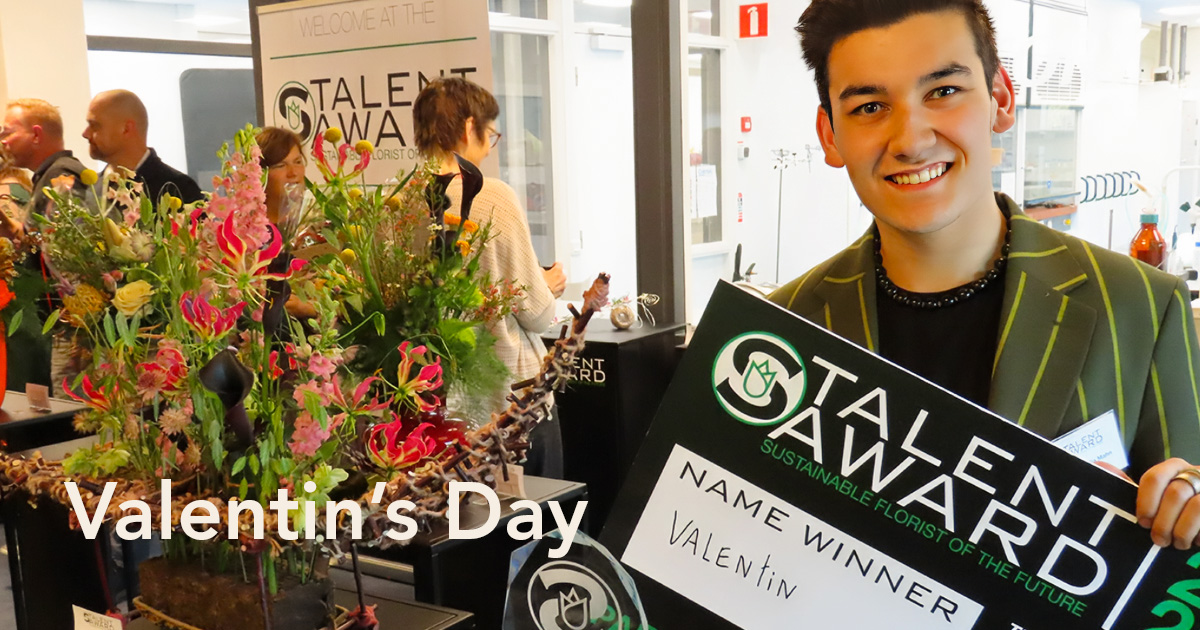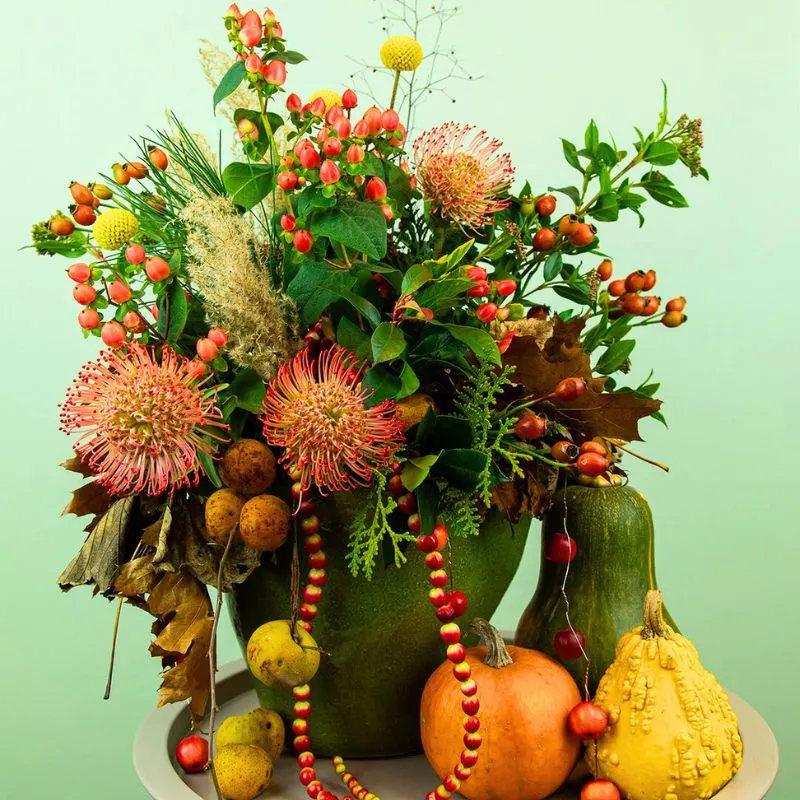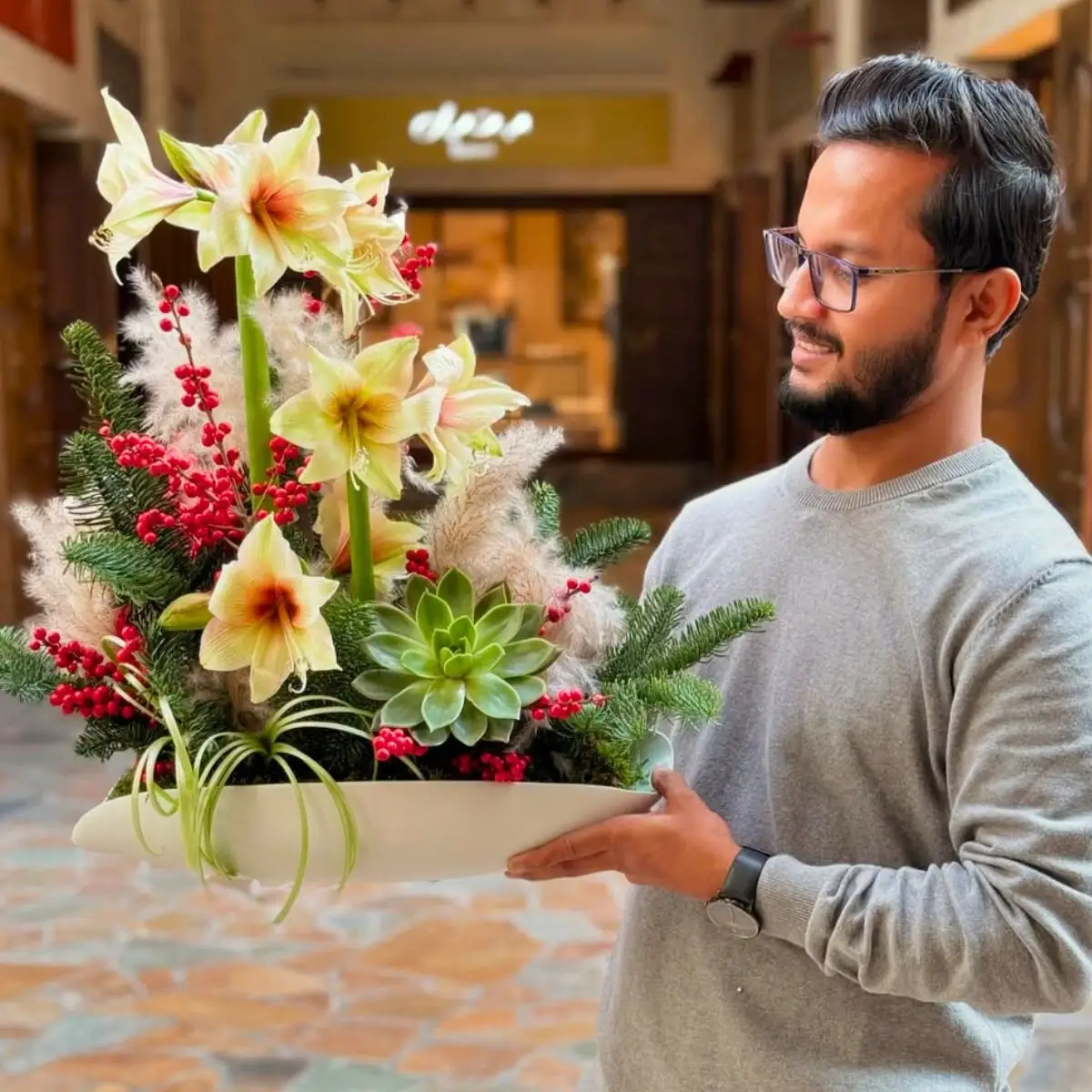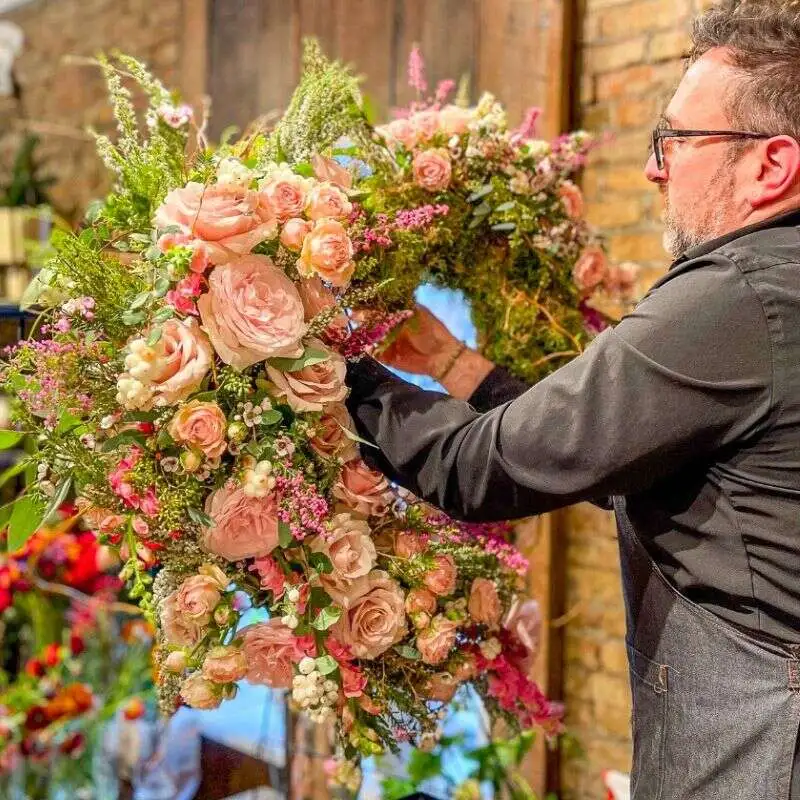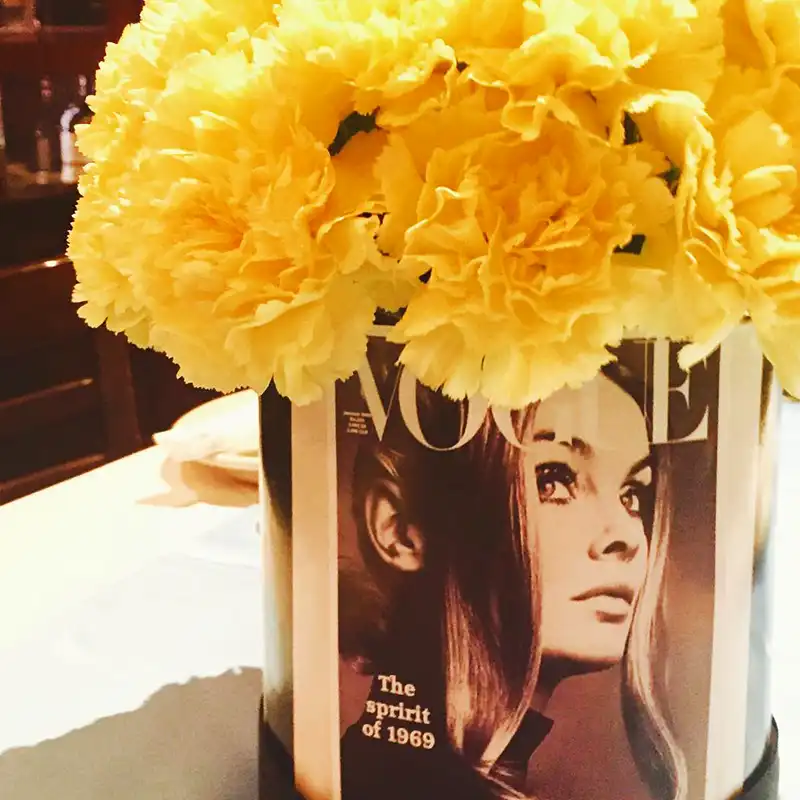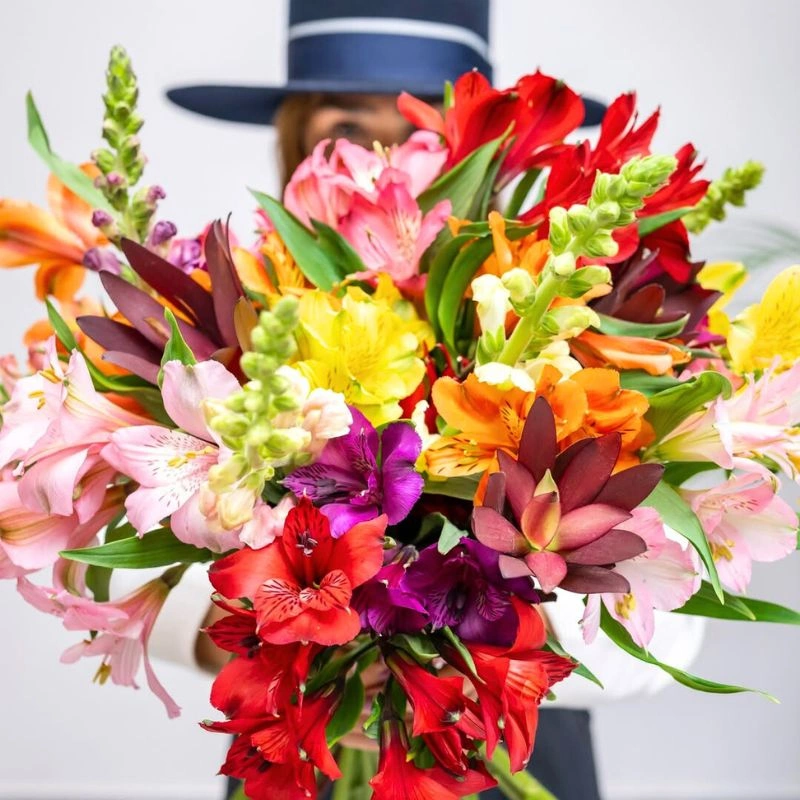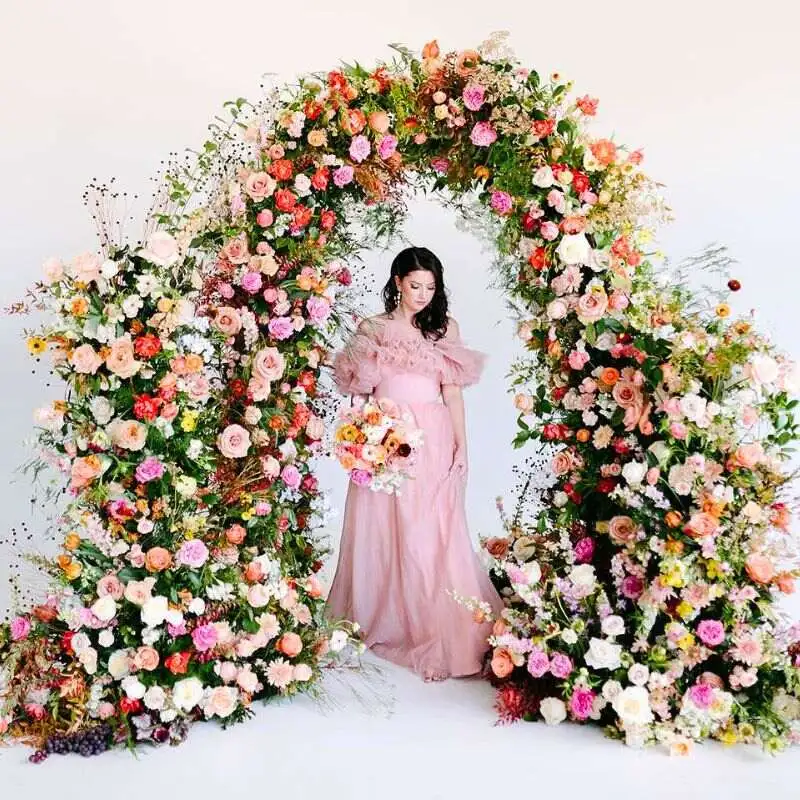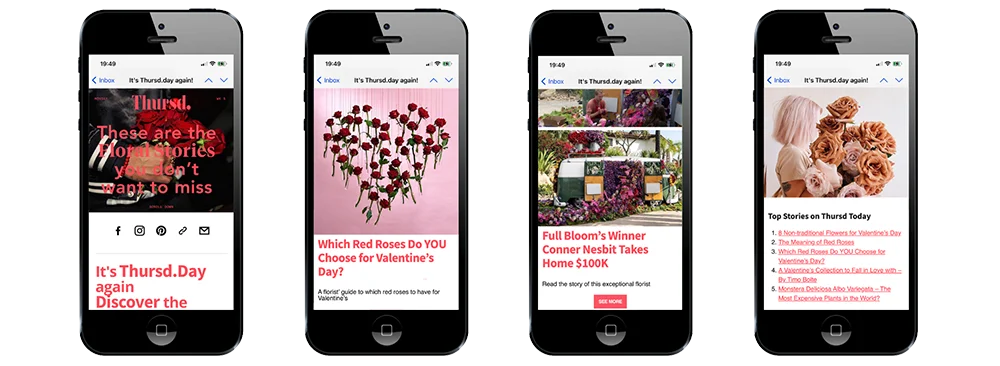After a long finals day held at the Chrysal premises in Naarden, Netherlands, the winner of the Talent Award 2025 was announced. The overall winner after three varied assignments was young floral artist Valentin Candia Mahn from The Hague. A good omen, because, as you might know, this year's edition of the World Cup Floral Art is held in this city?
Three Finalists
From all the candidates who started this competition, organized by the main sponsor Sideau®, the three best were selected to show their skills on the day of the finals. Three remarkable characters, all with different motivations, different views of floral art, and with different signature styles. But all with their eyes on the prize: to show why they're the talent to watch out for in the coming years.

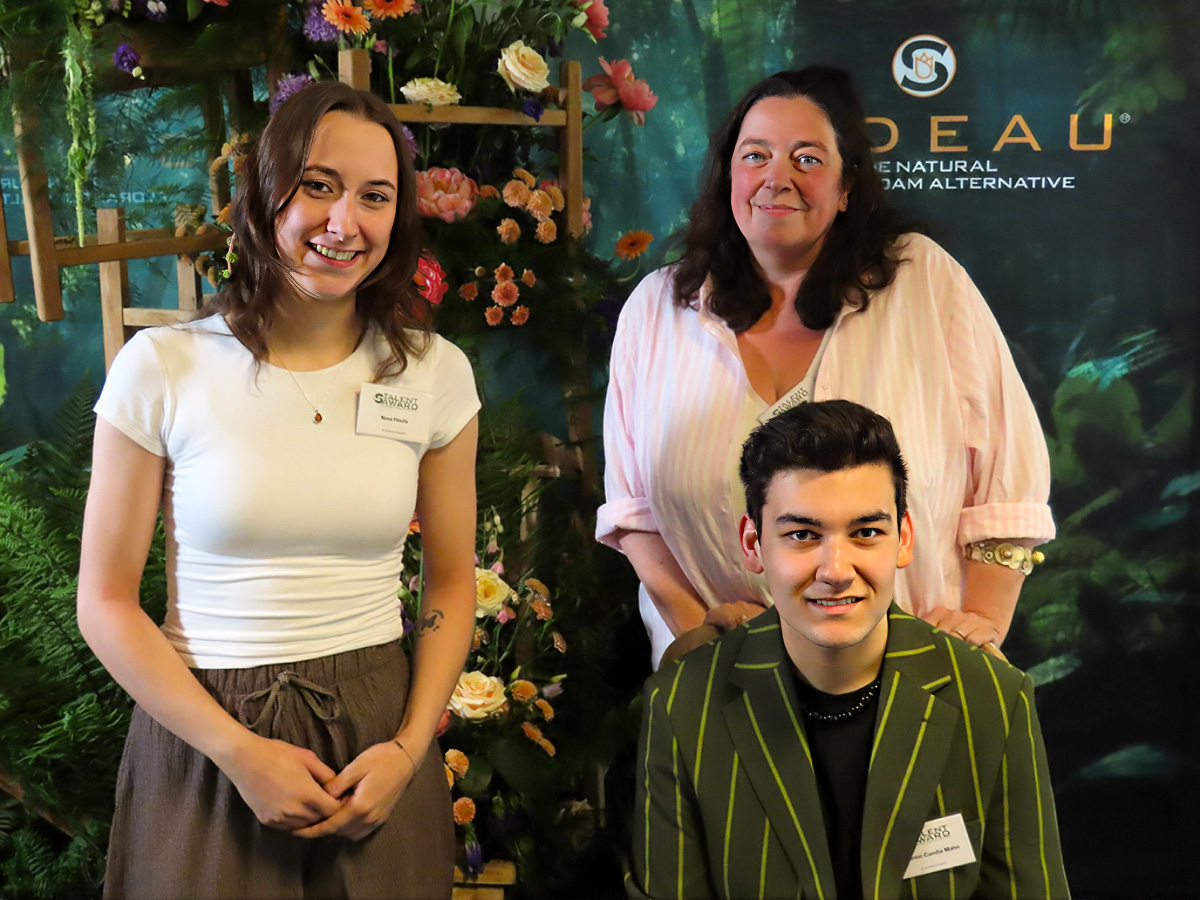
Valentin Candia Mahn
The winner of the Talent Award, 20-year-old Valentin Candia Mahn is a self-confident floral artist who already has, besides his work in a flower shop, his own business. As a freelancer, he designs for events, weddings, and exhibitions, which is exactly the path he wants to continue on in his future career. He learned the ropes of floral design at Lentiz MBO Westland, a school in the heart of one of Holland's biggest growing and trading areas.
Valentin:
"I would describe my style as grand and sweeping. I'm not much into minimalistic design, because I am more fond of extravagance, with all the trimmings, showing a lot of color. My works need to be eye-catchers. My designs show a diverse mix. I like to combine all kinds of flowers, varying from everyday to really special flowers, and from cheap to very expensive flowers; one flower lifts up the other one. I am not focused on trends. I create what I think is beautiful, and I just hope others will understand this and like this."
Nina Heuts
Young talent Nina Heuts, all the way from Bocholtz in the utter south-eastern part of the Netherlands, has paved her path clearly to what she wants to become: a florist! Her current study at Yuverta in Roermond will help her achieve this.
"I am now 21 years old. Ever since I was young, I have always wanted to be just one thing: to become a florist. I would describe my style as "very precise," fixed on creating the perfect color combinations. For me, this starts with knowing the techniques behind the designs. From that, I am trying this out in all kinds of floral designs to perfect this."
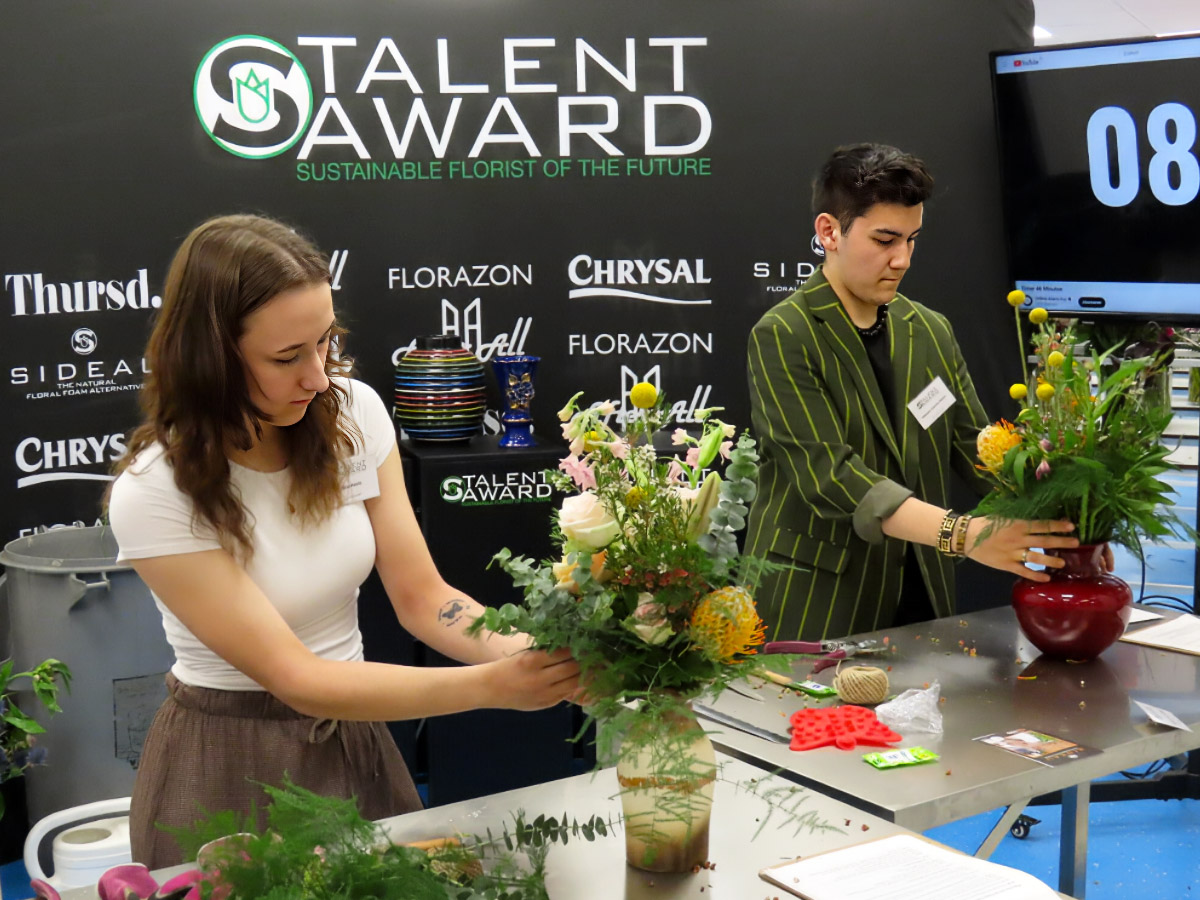
Carla Bouwland
It is possible: To be 57 years of age and still an upcoming floral design talent. Carla Bouwland proves it. What started a long time ago as a hobby has turned out into a semi-profession. Semi, because Carla is still partially an anesthesia nurse in a hospital, while the other part of her career, she deals with flowers.
Carla:
"Flowers have always been a hobby of mine. I used to work a lot with flowers together with my mother. When she passed, I found it really difficult to pick that up again. It became a burden just because we could not do this together anymore. I found a new opportunity during the COVID lockdown, when I decided to pursue a training at the Floral Academy in Ede (located in the Plantion building). I passed several exams, so now I am studying to become a master florist. So, at this moment, I am balancing on two tracks, in the hospital (mostly working with my head) and as a freelancer in floristry (mostly working with my hands). I will see how this develops, but so far it is a nice mix."
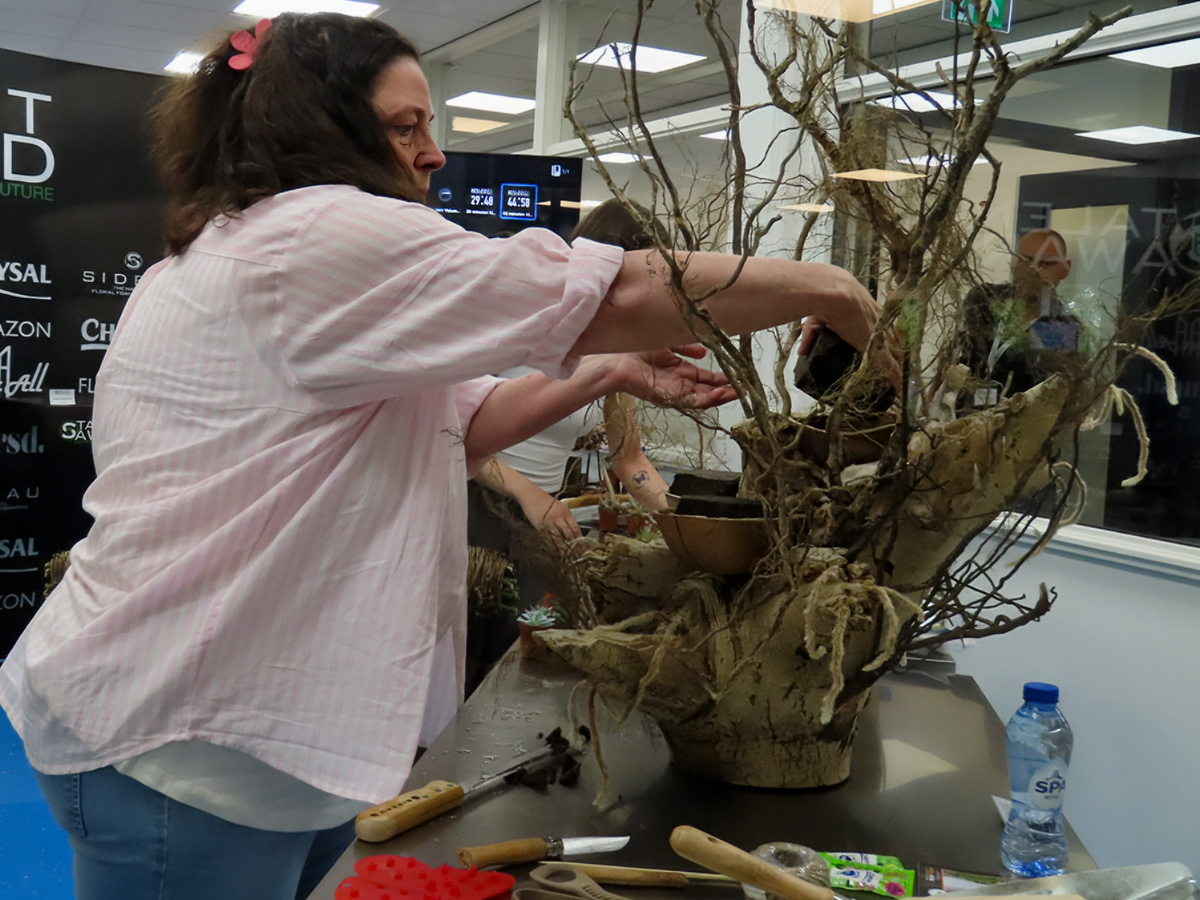
Three Tasks
The three candidates had to complete three tasks, for which they had limited time. The flower testing room of Chrysal was partly converted into a floral arena. On the outside of the glass room, they were closely followed by a horde of floral students from Yuverta, by the floral press, and by the judges.
Task 1: A 100% Plant-Based Object With Flowers and Plants
(Home Assignment – 45 minutes)
The task was to create a sculptural piece made entirely from plant-based materials. Think flowers, leaves, branches, moss, seeds – basically anything botanical, as long as you skip the floral foam, wire, glue, processed wood, metal, or plastic.
The contestants were allowed to use up to three Sideau® blocks, which they needed to attach securely to their design. The piece had to be self-supporting (standing or hanging) and fit within 1m x 1m x 1.5m. The chosen concept should be visible, so all three participants were asked afterwards for a short explanation that shared the idea behind their designs. Judging was based on creativity, technique, craftsmanship without extra tools, aesthetics, use of plant material, and commercial appeal.
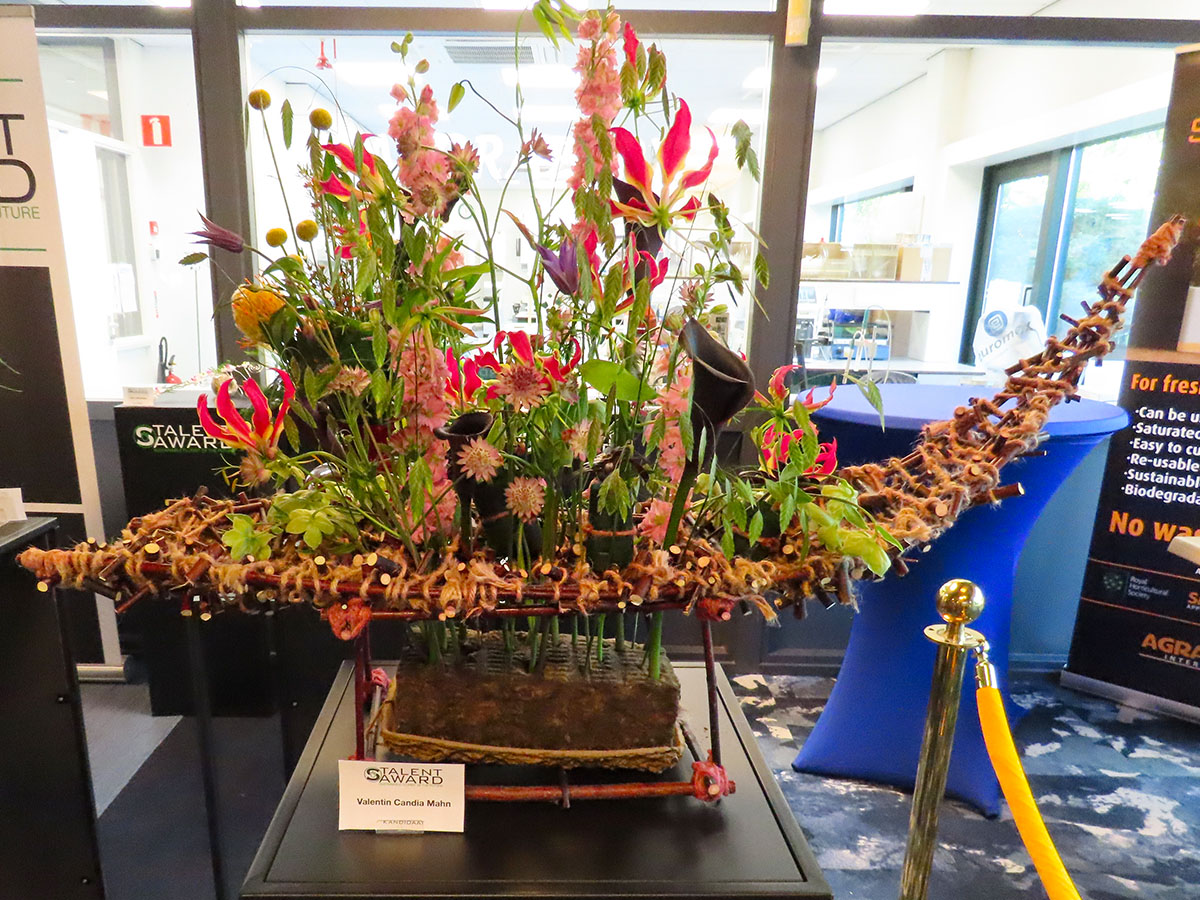
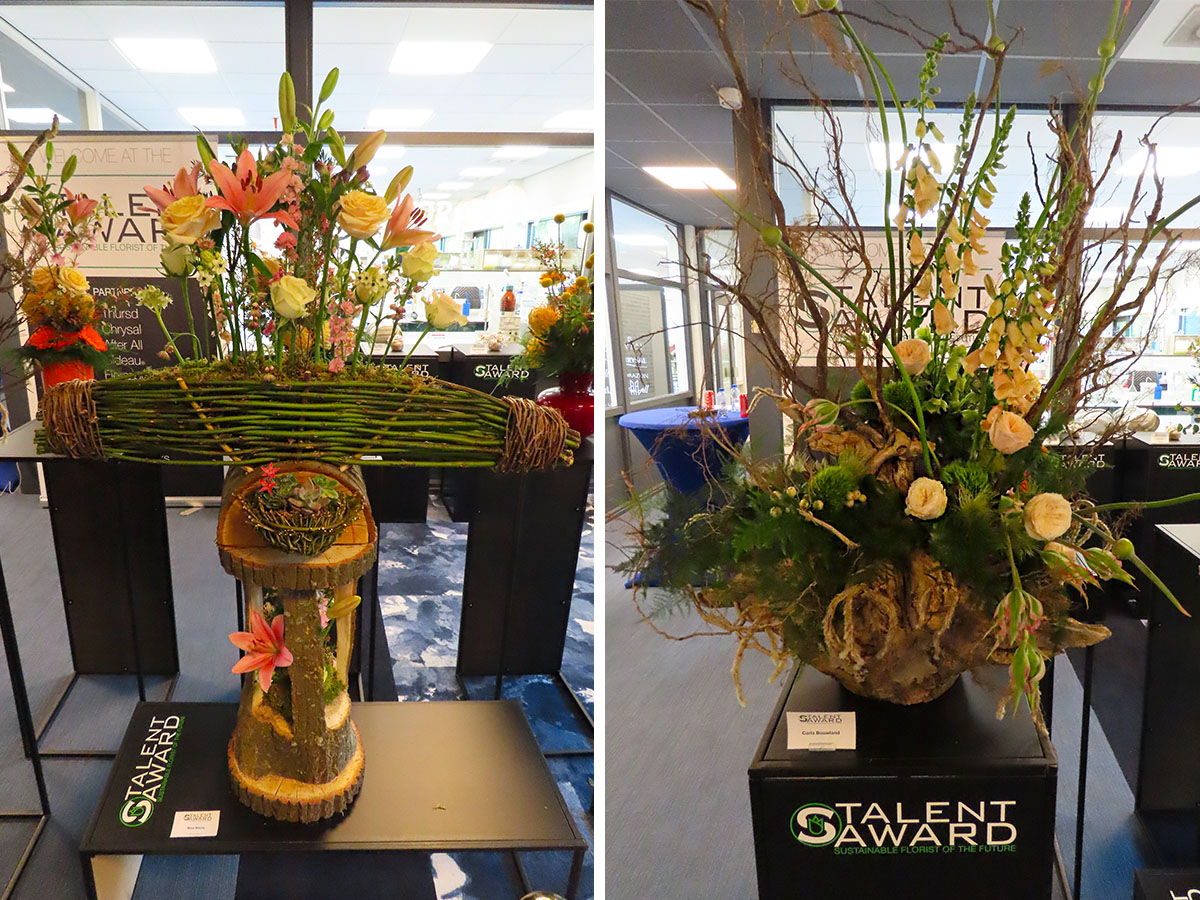
Task 2: A Vintage Vase
(On Location – 30 minutes)
Picture this: An elderly lady with strong personal taste walks into your shop carrying her favorite vase – definitely not your first pick. The challenge for the three participants was to design a bouquet that makes the vase come to life and turns the whole thing into a charming, unified piece. The bouquet needed to be built inside the vase, be easy to transport, and manageable for the customer to care for. For this assignment, the judges focused on the technique, the bouquet’s portability, neatness, and whether the participant finished on time.
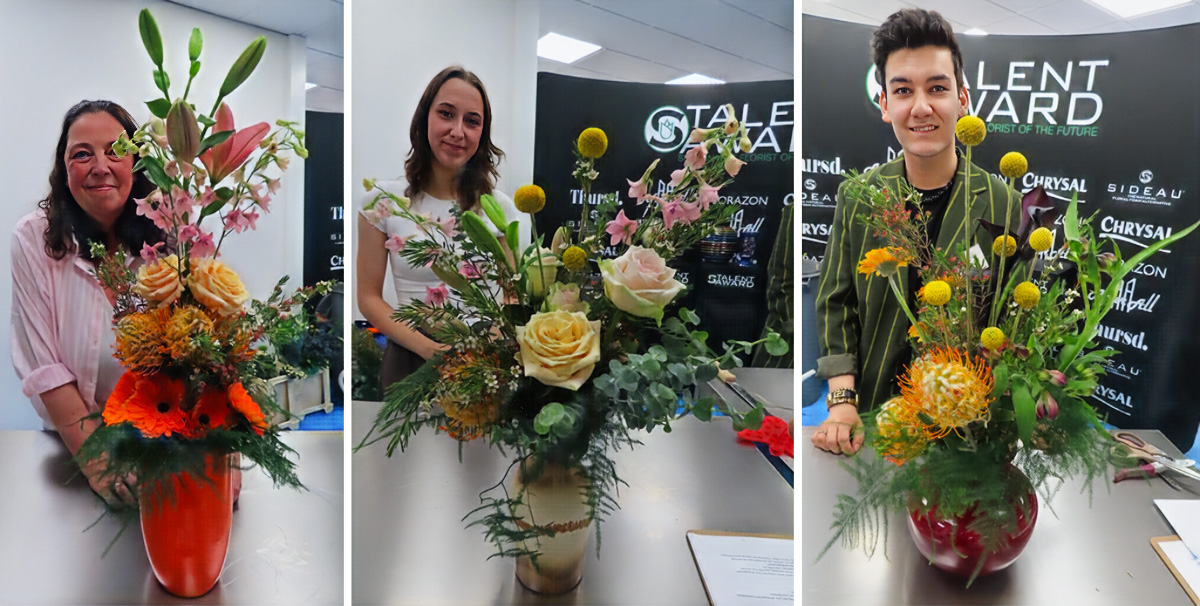
Task 3. The Mystery Box
(Final Assignment – 45 minutes)
The final task was stepping into the unknown for all three contestants. The jury looked forward to this assignment in particular because this is when the real creative designer appears.
So, when the Mystery Box opened, the participants read this task: "A bride-to-be steps into your shop. She wants to surprise her maid of honor with something bold: a wrist or shoulder corsage that’s as unique as the bride herself is. The job was to think outside the box and make something wearable, daring, and different. Creativity and a clean finish matter here. The key is to take a moment to plan and then go for something that stands out in the right way.
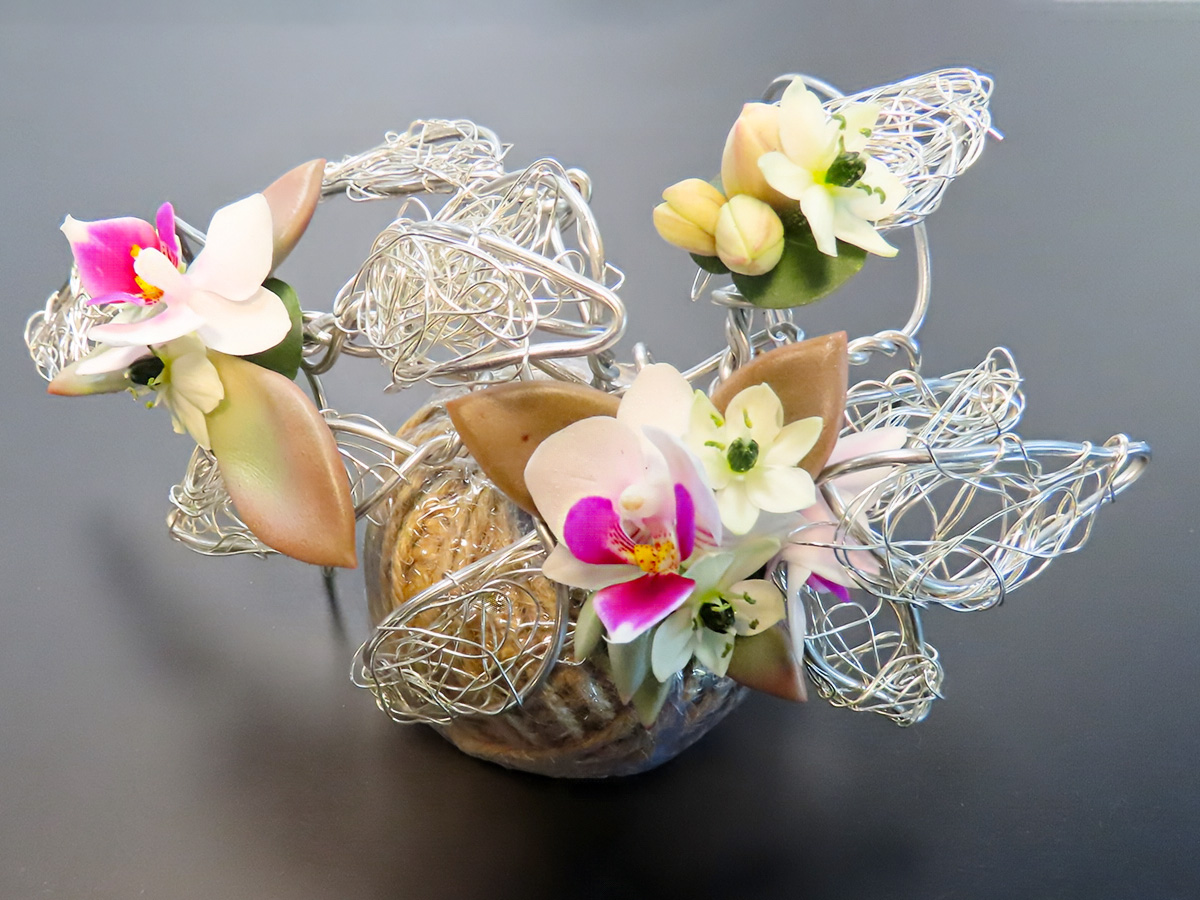
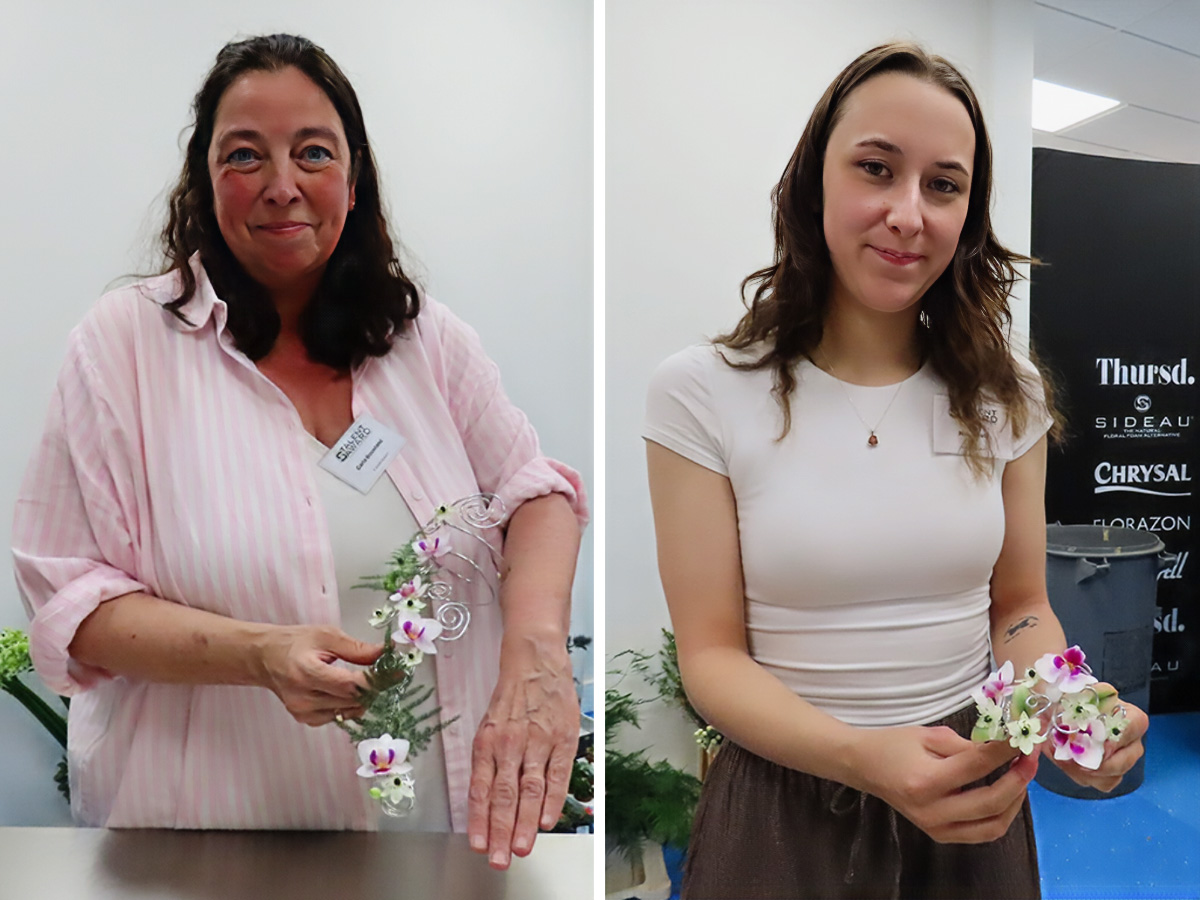
Four Judges & the Judging
A highly esteemed jury formed the critical eye of this competition. Pascal Zijlmans (Ambianze Bloem & Sfeer), Erwin Otten (Chrysal), Michelle Schreinemachers (FloraZON), and Regine Motmans (Thursd.com).
The judges followed the Florint 100-Points Judging System, a judging method developed to judge flower arranging competitions in a fair, transparent, and consistent way. This system is used worldwide and is based on a total of 100 points, which are divided into different judging criteria.
The five main criteria and their point allocation are:
- Idea and Color (30 points): Originality and creativity of the design, and effective use of colors and combinations.
- Composition (30 points): Harmony and balance in the construction, and good proportions and rhythm in the design.
- Technique and Craftsmanship (20 points): Correct execution of techniques, and solidity and durability of the construction.
- Flowers and Materials (10 points): Quality and freshness of the materials used, and correct choice of flowers and decorative elements.
- Expression and Impact (10 points): Appearance and emotional impact of the work, and extent to which the design conveys the intended message.
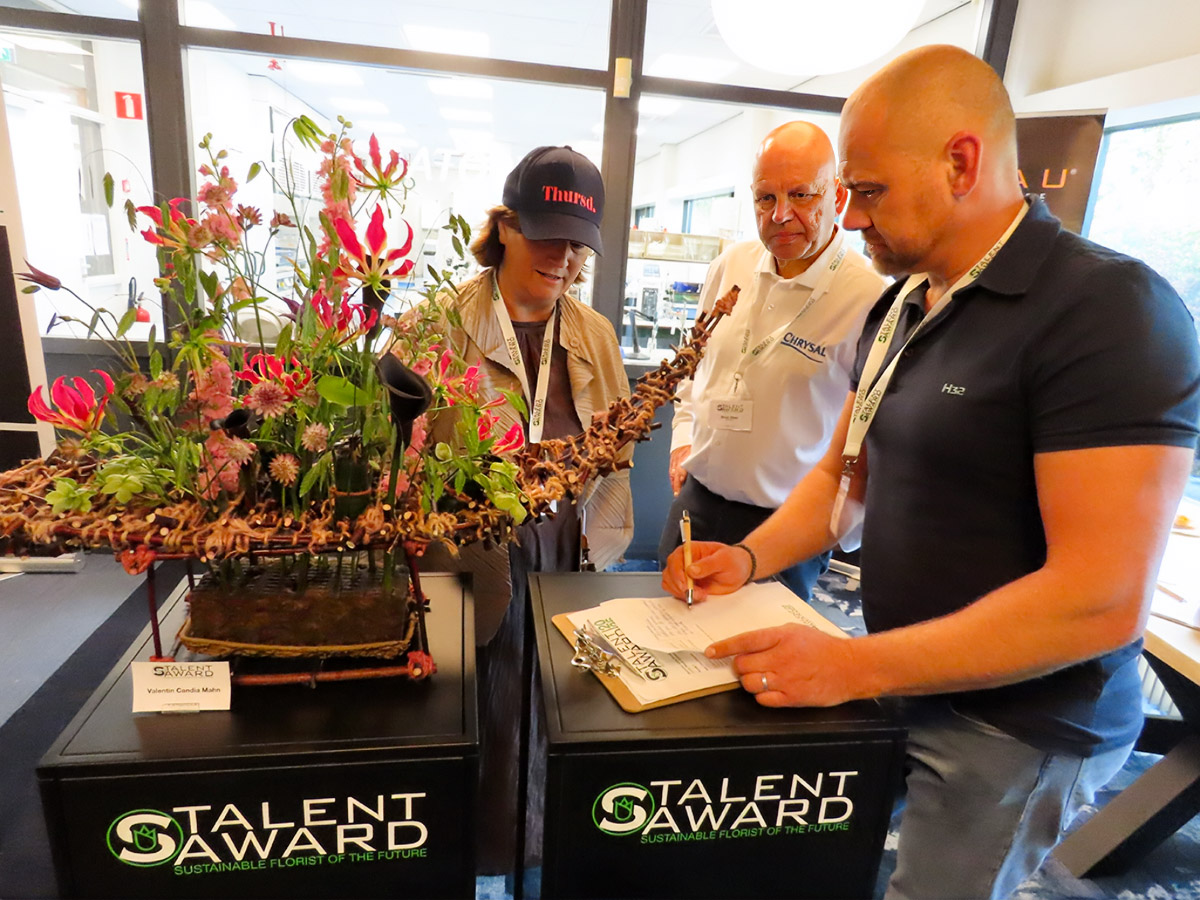
The Jury members assess systematically and objectively. They first assess the general appearance and then check per criterion how well the work has scored. Each assessment is supported with arguments and feedback, so that the participant knows where there are points for improvement. It is very important, especially for upcoming floral talents, to learn from the experienced members of the jury, some of whom have been professional judges for many years.
And the Winner Is...
After three rounds, the judges took quite a while to go over their notes once, and again. But then the verdict was there. The jury said it was a neck-and-neck race in the end. Valentin Candia Mahn emerged as the winner, but it was clear that there was a lot of talent among all three finalists.
The jury report about Valentin noticed the use of beetroot juice in his first design to paint the ropes in order to get a nicer bridge between the colors. And they appreciated his idea to create a catwalk and the motivation that it was to build a bridge between flowers and fashion. The stems were neatly cut, and it was nice that the Sideau block was visible and could easily get water.
For the bouquet, Valentin had worked in groups, and the dark calla made a whole with the vintage vase. It looked decorative and technically good.
And for his final task, the wrist corsage he had created a 3-dimensional effect with the leaves in wire, and he glued the flowers in between. The Ornithogalum flower at the bottom of the orchid, together with the Echeveria leaves, gave that beautiful depth. Light and shadow made it look very stylish.
Besides the Talent Award 2025 trophy, Valentin won a whole package of products from the main sponsor Sideau®, the 100% natural alternative to floral foam, Chrysal, global market leader in flower food, and he will be able to present himself at the Flower&Fashion Drag Queen Show of FloraZON and with a Florist Special and business page on Thursd.com.
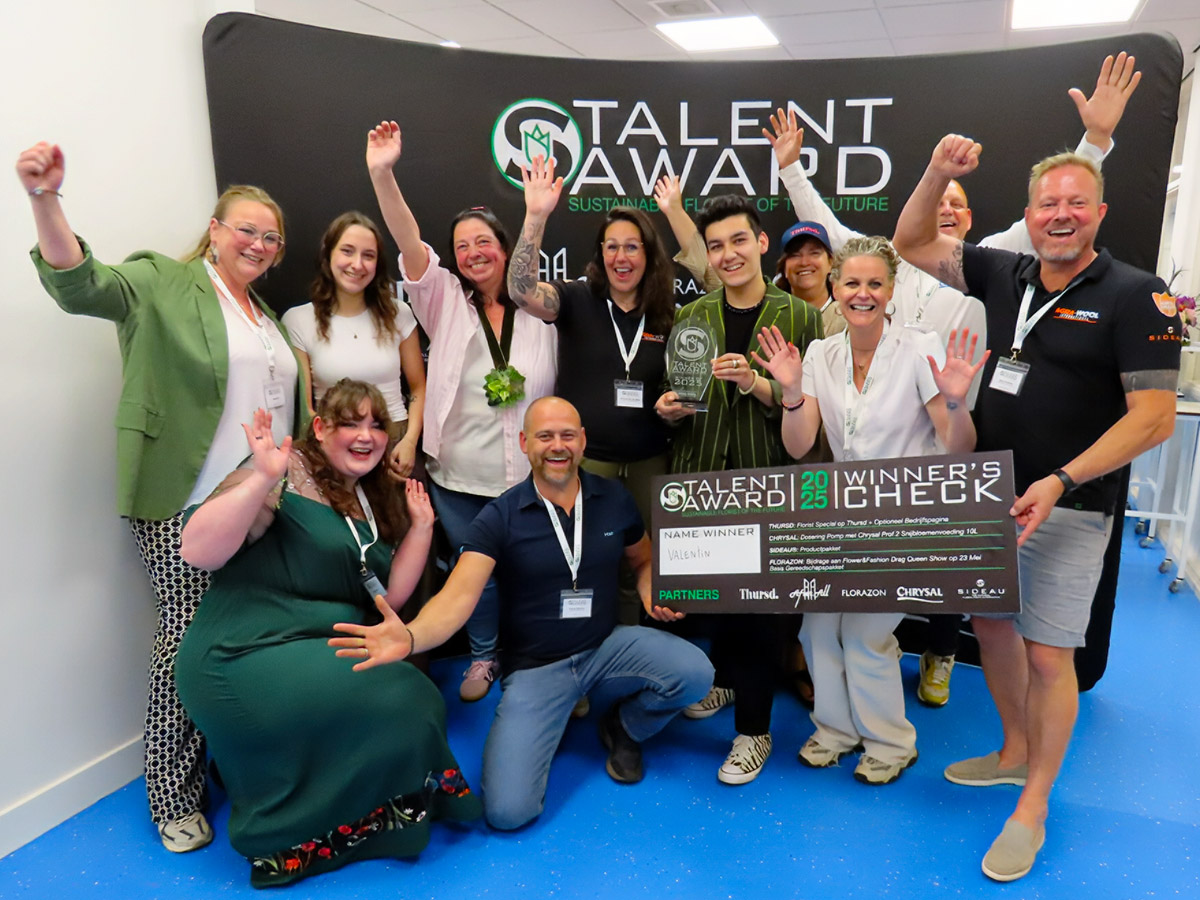
From the Talent Award to the World Cup Floral Art?
As mentioned, this year's World Cup Floral Art is held in Valentin's hometown, The Hague. As it appears, his fame precedes him. So, who knows, we've been witnessing a future World Cup contestant already during the 2025 edition of the Talent Award.
Winning the Talent Award stimulates designers to continue on their journey in floristry. It's a confirmation that they are on the right track with their ideas. An obvious question to winner Valentin Candia Mahn is what we can expect of him in the years ahead.
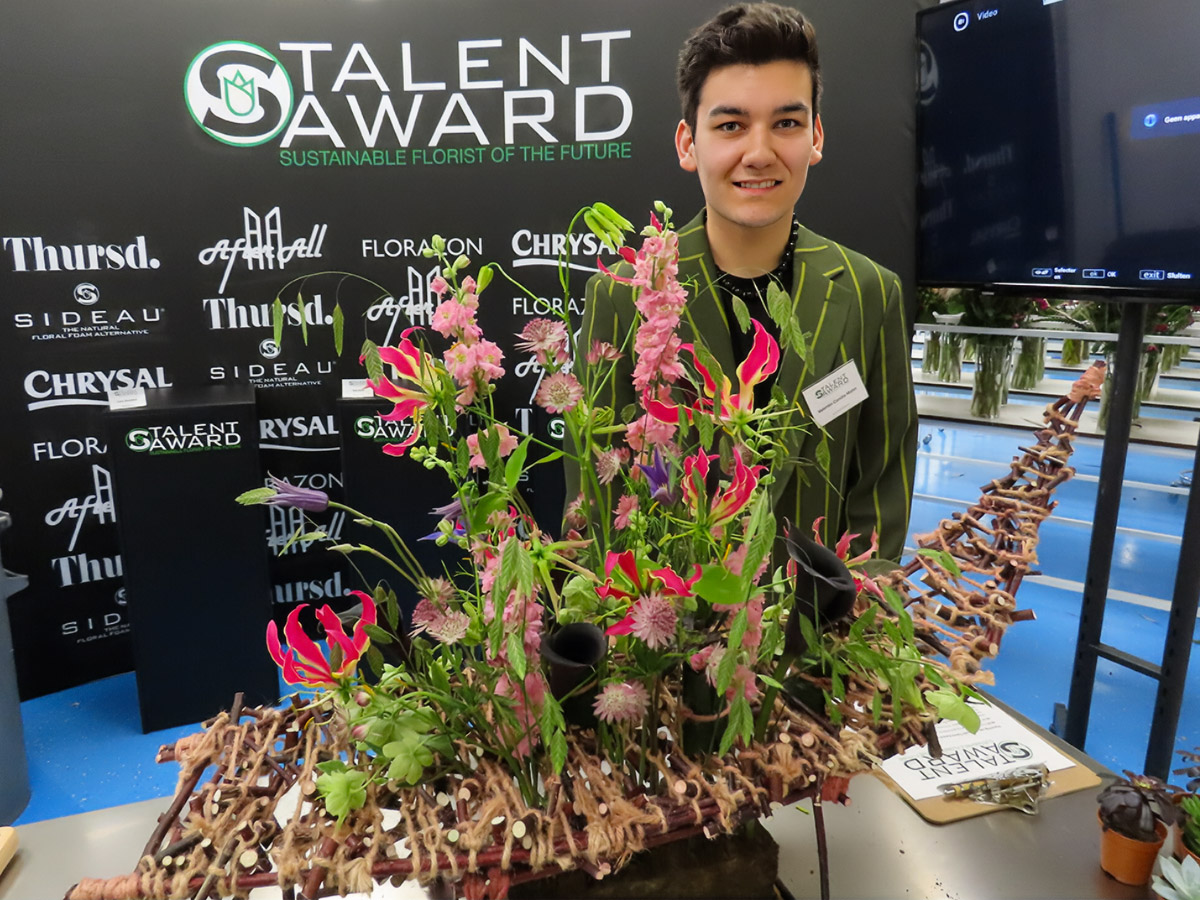
Valentin:
"I have really enjoyed participating in this competition. And now I would like to continue and expand my own business, 'Valentin Floral Artist', doing nice, big, and beautiful weddings. And also other events on location, such as Christmas decorations, for event dinners, and so on."

